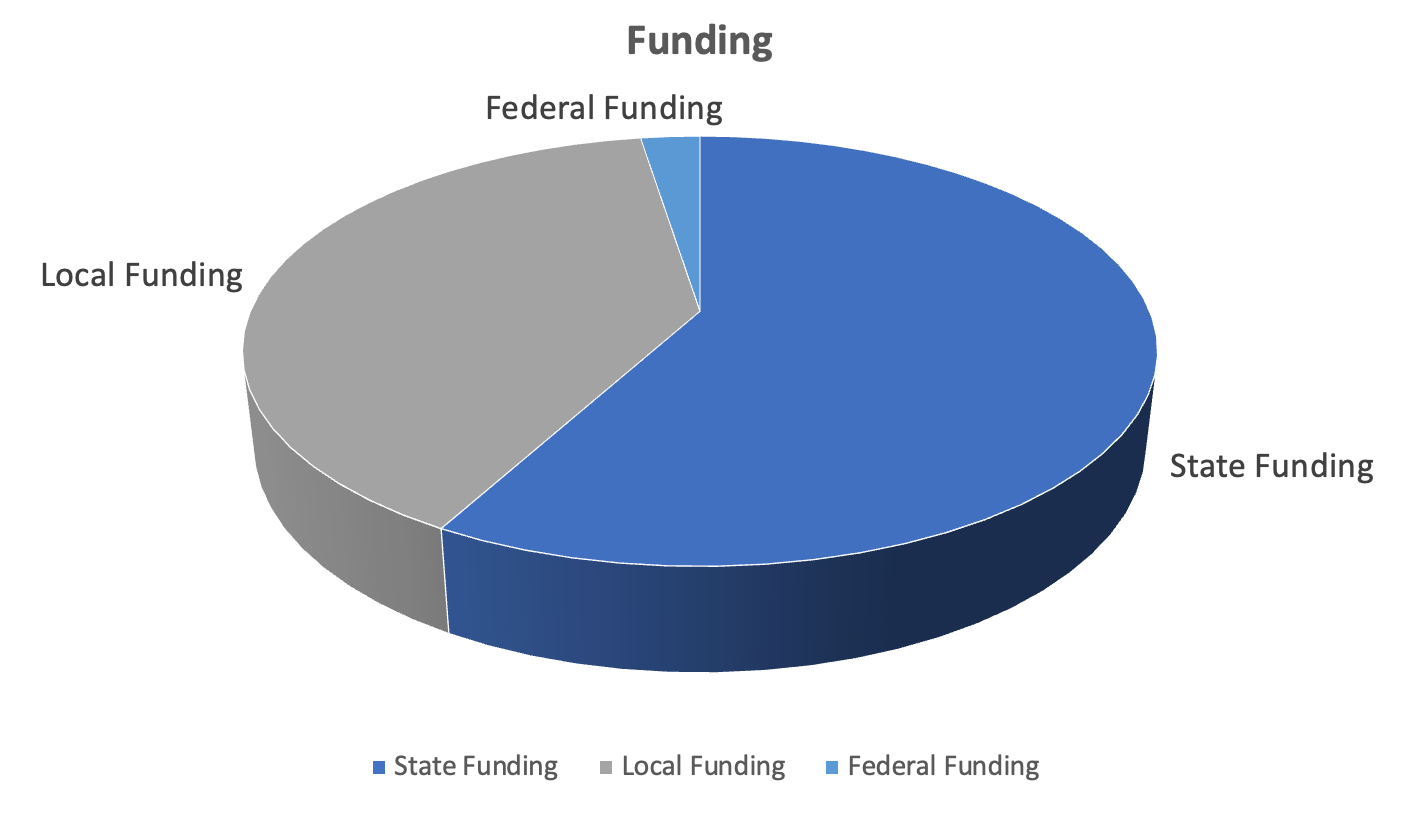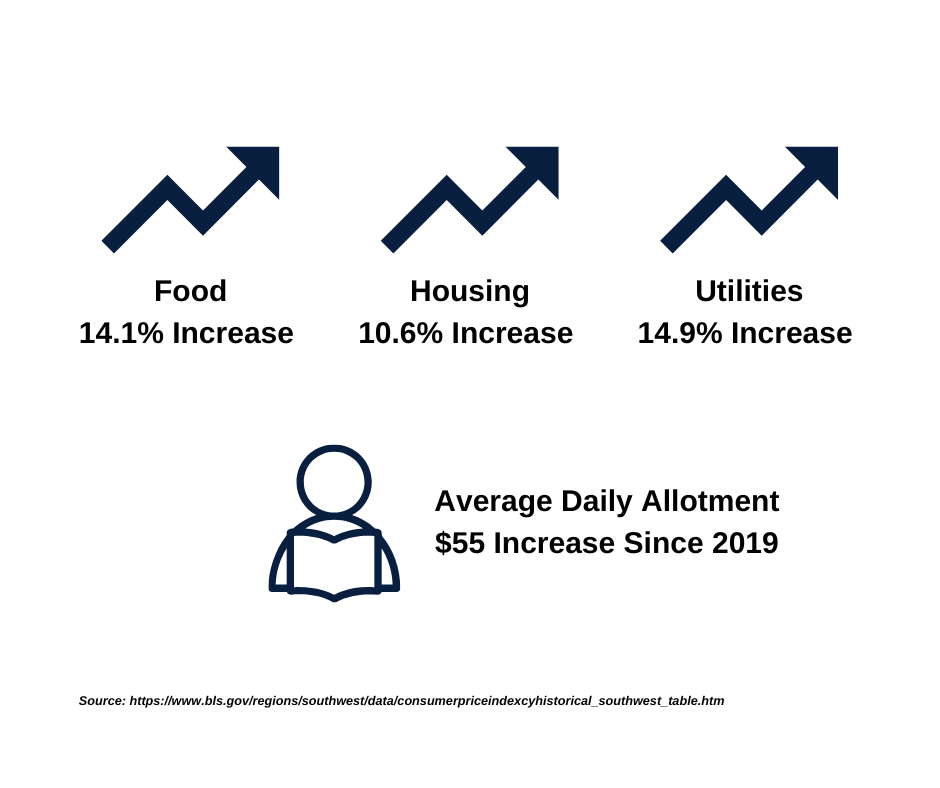When it comes to funding public schools and education for Texas students, the state falls below the national average by more than $4,000 per student. Texas ranks 42nd in the nation in per-student spending.
Source: Raise Your Hand Texas
As a school district, we believe in teaching everyone, not just our students. This resource is here to help you learn about how Texas public schools are funded. Throughout this resource, you can find simple explanations and facts to help you understand how public school funding works.
Texas is the second largest public school system in the country, serving 5.5 million students across a total of 1,200 school districts and charter schools. The Texas Legislature determines how much funding public schools receive. Public schools are funded by three main sources:
Local Funding
State Funding
Federal Funding

At China Spring ISD 39.5% of funding comes from local property taxes, 58% of funding comes from state funding, and 2.5% comes from federal funding.
The Texas Legislature determines how much funding public schools receive and the total funding amount does not change. If property taxes increase, the local funding source increases for public schools. However, state funding decreases to accommodate for increases in local funding.
School districts receive extra funds for students that require special services, such as:
Gifted and talented services
Early childhood education
Career and technical education (CTE) programs
With additional funding, there is a range to the per student funding amount among public schools in central Texas. Schools in our area receive anywhere from $19,590 per student to $10,462 per student. China Spring ISD receives $10,438 per student.
School districts receive funding based on the average daily attendance of students. China Spring ISD misses roughly $65.00 of funding, per student, when a student misses school.
Consider how this amount of missed funding grows over time. If each campus at China Spring ISD experiences 20 absent students, this equals 100 absent students from the district every day. 100 absent students x $65.00 = $6,500 of missed funding/day.
There are 160 day in the school year. 160 school days x $6,500 of missed funding/day = Over $1 millon of missed funding for the year.
The basic allotment for Texas students, $6,215 per student , has only increased by $55 since 2019.
Inflation in the state of Texas has increased by 23% between January 2019 to January 2024.*
You have probably experienced inflation impacting your household budget at the overall cost of living increases because of the rise in costs for food, housing, and utilities.
Public schools experience the same increase in cost of supplies.
Property insurance for our buildings now costs more than $750,000 a year—more than double what it cost five years ago.
In 2021, buying a new school bus cost the district $98,000. Today, that same bus costs $135,000.
Even the cost of classroom tools is rising. One of our most-used learning programs, IXL, now costs the district over $12,000 more each year than it did just two years ago.
These rising costs affect everything we do—from keeping students safe, to getting them to school, to making sure they have the tools they need to learn
While the state recently increased the basic allotment by $55 per student, this small adjustment doesn't keep up with inflation or the growing needs of our schools. Since 2019, inflation has increased by more than 25%, while school operating costs in Texas have risen by at least 14–19%. Experts estimate schools would need about a $1,100 increase per student just to break even. As a result, China Spring ISD is working hard to stretch every dollar to maintain the level of educational excellence our community expects.

When it comes to funding public schools and education for Texas students, the state falls below the national average by more than $4,000 per student. Texas ranks 42nd in the nation in per-student spending.
Source: Raise Your Hand Texas